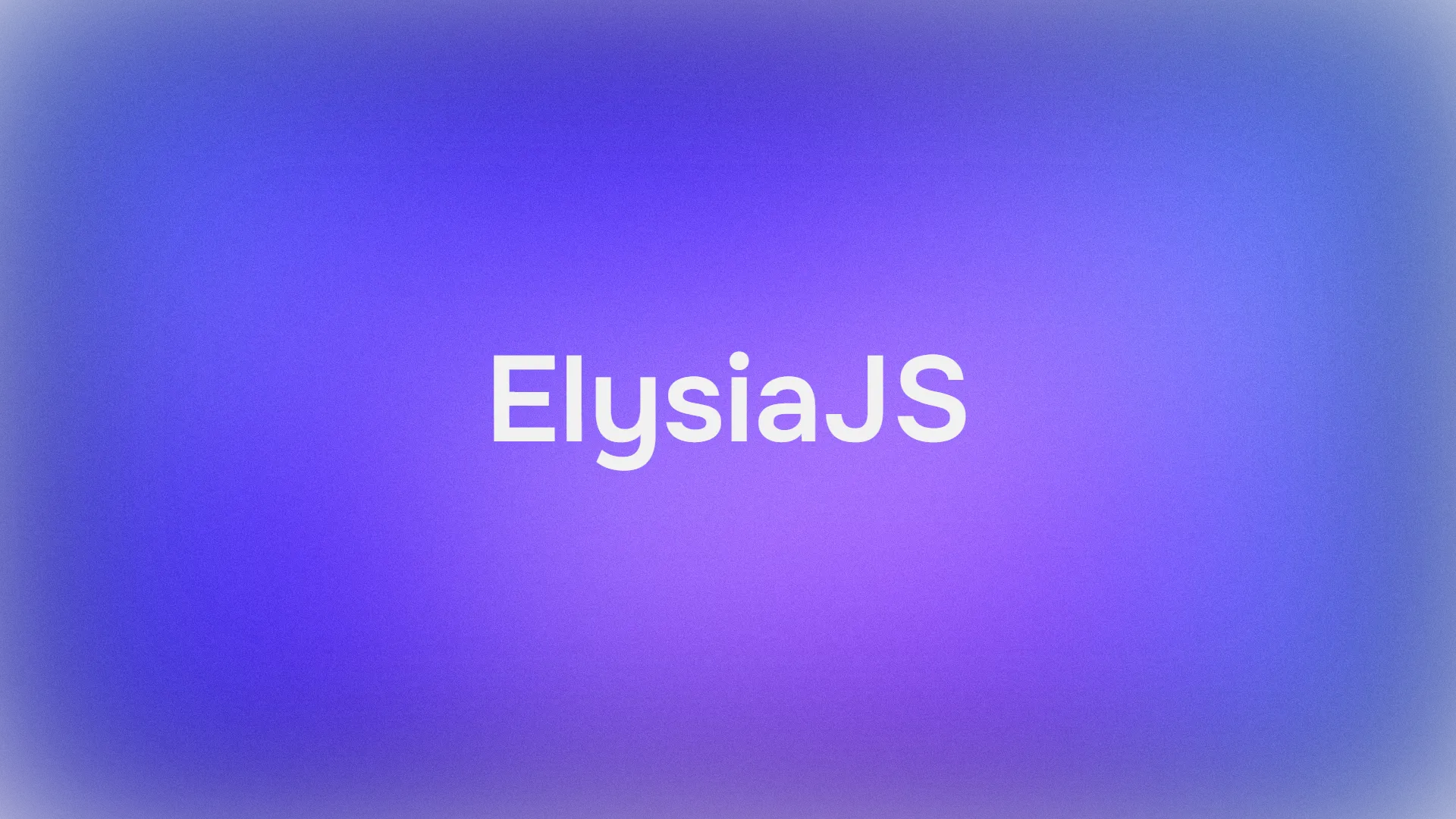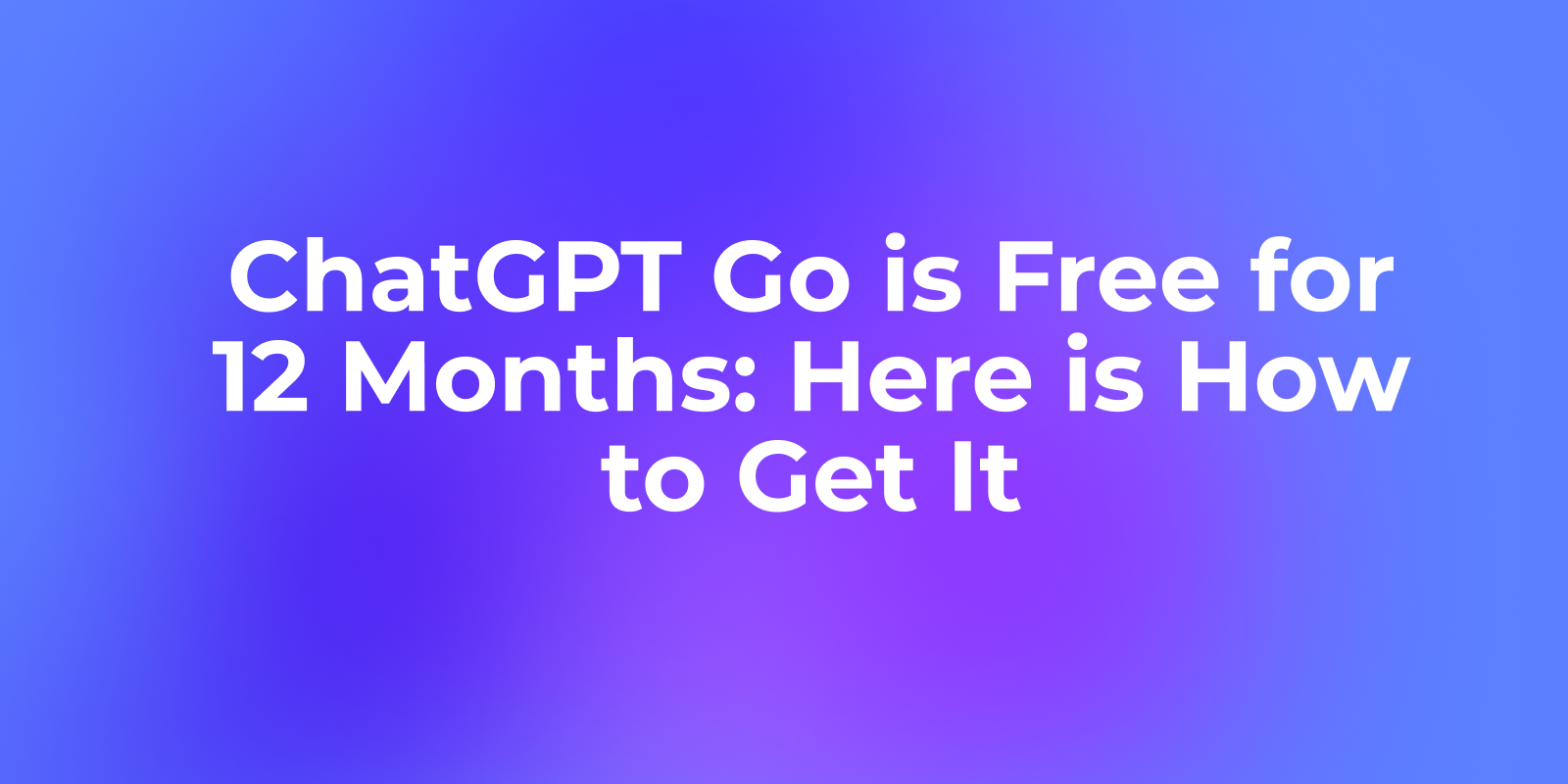Here's a true story from a Reddit user, a C++ dev and ex-FAANG staff engineer:

For four years, a "white whale" bug lurked in the codebase of a C++ developer with over 30 years of experience. A former FAANG Staff Engineer, this was the kind of programmer other developers sought out when all hope was lost. Yet, this particular bug, introduced during a massive 60,000-line refactor, remained elusive. It was an annoying edge case, a ghost in the machine that defied discovery despite an estimated 200 hours of hunting.
Then, as the developer recounted in a now-famous Reddit post, they turned to a new kind of pair programmer: Claude Opus. In just a few hours and about 30 prompts, the AI did what a seasoned expert couldn't do in four years. It didn't just find a logic error; it diagnosed a fundamental architectural flaw from the refactor. The old code had worked by "coincidence," and the new design failed to account for it. Claude found the ghost.
This story isn't just a testament to the raw power of modern AI models. It's a profound example of a new paradigm in software development: agentic coding. In this paradigm, developers don't just ask an AI to write a simple function; they collaborate with an AI agent that understands the project's context, architecture, and history. The key to unlocking this deeper level of collaboration is a simple but powerful file: claude.md.

If you're using Anthropic's Claude Code, this file is your control panel, your constitution, the custom instructions you give your AI first mate. This article will dive deep into what the claude.md file is, why it's the cornerstone of effective agentic coding, and the best practices for crafting one that transforms Claude from a generic chatbot into a specialized, indispensable member of your development team.
What is a claude.md File? The "Control Panel" for Your AI Coder
At its core, a claude.md file is a special Markdown file that Claude Code automatically ingests to gain project-specific context before it starts working with you. Think of it as a pre-flight briefing or a highly-opinionated prompt that rides along with every request. As developer Anthony Calzadilla puts it, it's how you "set constraints, establish the project structure, and teach the AI how to operate within your stack - without bloating the codebase or relying on fragile comments."
An out-of-the-box large language model has a vast, generalized knowledge of programming. It knows Python syntax, React patterns, and common shell commands. What it doesn't know is your project. It's unaware of your team's specific branching strategy, the purpose of your scripts/ directory, the name of your critical build command, or the fact that you use ES modules, not CommonJS.
The claude.md file bridges this context gap. It's the place to document all the unwritten rules, conventions, and crucial details of your repository.
What Goes Inside?
Want an integrated, All-in-One platform for your Developer Team to work together with maximum productivity?
Apidog delivers all your demands, and replaces Postman at a much more affordable price!
According to Anthropic's official documentation and best practices from the community, a well-structured claude.md file should contain:
- Tech Stack: A declaration of your project's tools and versions (e.g., Astro 4.5, Tailwind CSS 3.4, TypeScript 5.3).
- Project Structure: An outline of key directories and their roles (e.g.,
src/componentsfor reusable UI elements,src/libfor core business logic). - Commands: A list of the most important npm, bash, or other scripts for building, testing, linting, and deploying your project. This prevents the AI from guessing commands and failing.
- Code Style & Conventions: Explicit guidelines on formatting, naming conventions, import/export syntax, and other stylistic rules. For example: "Destructure imports when possible (e.g.,
import { foo } from 'bar')." - Repository Etiquette: Instructions on branch naming (
feature/TICKET-123-description), commit message formats, and whether to merge or rebase. - Core Files & Utilities: Pointers to essential files, such as a central
api.tsor autils.jsfull of helper functions, that the AI should be aware of. - The "Do Not Touch" List: A critical section specifying things the AI should avoid, such as rewriting working legacy code, modifying configuration files, or skipping accessibility checks.
Where Is Claude.md File Located?
Claude Code is smart about finding and combining these instruction files. You can place them in several locations, and they will be layered to create a complete context:
- Home Directory (
~/.claude/CLAUDE.md): Instructions here apply globally to all your Claude Code sessions on your machine. This is great for personal preferences or universal commands. - Project Root (
your-repo/CLAUDE.md): This is the most common and powerful location. Checking this file into your version control system allows the entire team to share the same project context, ensuring consistency in AI-assisted work. - Subdirectories (
your-repo/feature/CLAUDE.md): You can placeclaude.mdfiles in subdirectories for more granular, on-demand context when you're working within that specific part of the project. - Local Override (
CLAUDE.local.md): If you want to add personal instructions without committing them to the repository, you can create aCLAUDE.local.mdfile and add it to your.gitignore.
This cascading system allows for a powerful combination of global, team-wide, and personal instructions, giving you fine-grained control over the AI's behavior.
5 Best Practices for Crafting an Effective claude.md
Knowing what a claude.md file is is the first step. Turning it into a powerful tool that saves you hours of work requires intention and refinement. A bad claude.md is noisy and confusing; a great one is a force multiplier for your development workflow.
1. Be Lean and Intentional: Respect the Token Budget
This is the golden rule. The contents of your claude.md are prepended to your prompts, consuming part of your token budget with every interaction. A bloated, verbose file will not only cost more but can also introduce noise that makes it harder for the model to follow the important instructions.
As Anthony Calzadilla wisely advises, "You’re writing for Claude, not onboarding a junior dev."
- Do: Use short, declarative bullet points.
- Don't: Write long, narrative paragraphs.
- Do: Trim redundancy. If a folder is named
components, you don't need to explain that it contains components. - Don't: Include commentary or nice-to-have information. Only include rules Claude needs to know to do the work.
Want an integrated, All-in-One platform for your Developer Team to work together with maximum productivity?
Apidog delivers all your demands, and replaces Postman at a much more affordable price!
2. Start with /init and Iterate
You don't have to start from scratch. When you first run claude in a project, the /init command will automatically generate a boilerplate claude.md file for you. This provides a great starting structure.
From there, treat your claude.md as a living document. It is not a "set it and forget it" file. The best way to build it is iteratively:
- Add a new instruction (e.g., a new test command).
- Give Claude a task that relies on that instruction.
- Observe the result. If it doesn't work as expected, refine the instruction.
- Repeat.
A powerful shortcut for this process is the # key. During a session, you can press # to give Claude an instruction that it will automatically incorporate into the relevant claude.md file. This lets you build out your context file organically as you work.
3. Structure for Clarity
Use standard Markdown headings (#, ##) to organize your file into logical sections. A clear structure helps both you and the AI quickly parse the information. A typical, effective structure looks like this:
# Tech Stack
- Framework: Next.js 14
- Language: TypeScript 5.2
- Styling: Tailwind CSS 3.4
# Project Structure
- `src/app`: Next.js App Router pages
- `src/components`: Reusable React components
- `src/lib`: Core utilities and API clients
# Commands
- `npm run dev`: Start the development server
- `npm run build`: Build for production
- `npm run test`: Run all unit tests with Jest
# Code Style
- Use ES modules (import/export).
- All new components must be function components with Hooks.
- Prefer arrow functions for component definitions.
# Do Not Section
- Do not edit any files in the `src/legacy` directory.
- Do not commit directly to the `main` branch.
4. Define Your Environment and Terminology
Use claude.md to demystify your project's unique landscape. If your project uses a virtual environment, specify the setup commands. For example:
# Venv Setup- This project uses pyenv with Python 3.11. To set up, run: pyenv install 3.11.5 && pyenv local 3.11.5
Likewise, clarify any project-specific jargon. If your codebase has terms with overloaded meanings, define them explicitly:
# Terminology- A 'Module' in this project refers to a data-processing pipeline in \src/modules`, not a generic JS module.`
5. Version Control Your claude.md
By committing your main claude.md file to Git, you create a single source of truth for AI collaboration across your entire team. When a new developer joins, they—and their Claude assistant—are immediately brought up to speed on the project's conventions. This dramatically improves the consistency of AI-generated code and reduces friction. Use CLAUDE.local.md for any personal preferences that shouldn't be shared.
Advanced Tips and Workflow Integration
Once you've mastered the basics, you can integrate claude.md into more advanced workflows to further boost your productivity.
Plan with Opus, Execute with Sonnet
Different models have different strengths. The high-powered Claude Opus model is exceptional at reasoning, planning, and tackling complex problems—like the "white whale" bug. The smaller, faster Claude Sonnet model is excellent for execution-focused tasks like writing boilerplate or refactoring based on a clear plan.
A powerful workflow is to use Opus for the initial strategic phase of a task. Once you have a solid plan, you can toggle to Sonnet (often with Shift + Tab in Claude Code) for rapid implementation. Your claude.md ensures that both models operate under the same set of project constraints, providing a seamless transition between planning and execution.
Track Your Usage
Agentic coding can be powerful, but it's not free. Keep an eye on your token consumption to manage costs effectively. The ccusage command in Claude Code helps you track your usage. For developers who heavily integrate Claude into their workflow, Anthropic offers subscriptions that provide significantly more usage, ensuring that you can tackle large-scale tasks without interruption.

Conclusion: Claude.md Could be Your AI's Constitution
The claude.md file is far more than a simple configuration file. It is the constitution for your AI assistant, the document that elevates it from a generic tool to a specialized, project-aware developer. It's the key to moving beyond simple prompt-and-response interactions and into the realm of true agentic software development.
Like the C++ veteran who finally conquered a four-year-old bug, the developers who will gain the most from this new era of AI are those who learn to communicate effectively with their AI partners. Crafting a lean, clear, and comprehensive claude.md is the most important first step. It is an investment of time that pays dividends in development speed, code consistency, and the unparalleled power of having a custom-tuned AI expert by your side, ready to help you hunt your own white whales.
Want an integrated, All-in-One platform for your Developer Team to work together with maximum productivity?
Apidog delivers all your demands, and replaces Postman at a much more affordable price!



